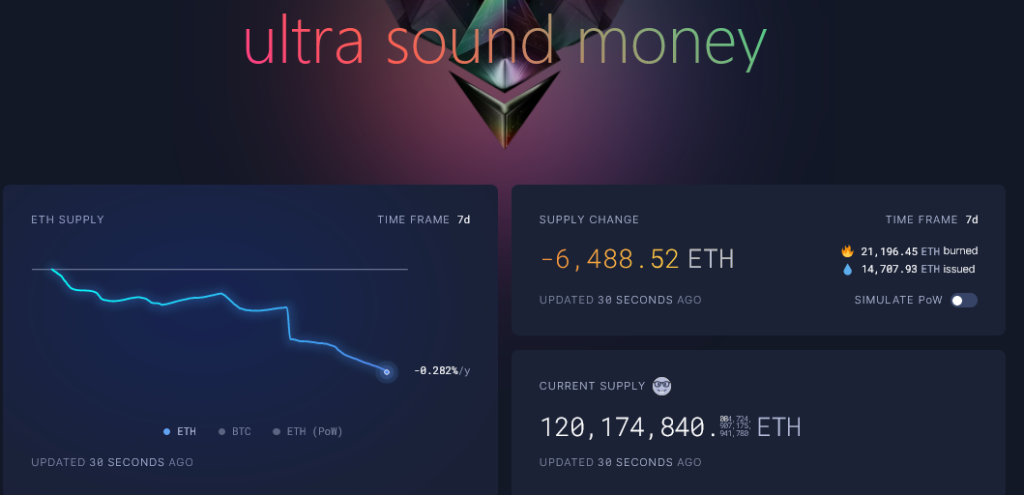Péter Szilágyi, an Ethereum (ETH) developer, has lauded EIP-1559 and its ETH burning mechanism as “the great equalizer.” Taking to X on January 16, Szilágyi admired EIP-1559’s ability to “level the playing field between validators and regular users.”
Developer: EIP-1559 Is A “Great Equalizer”
Since the implementation of EIP-1559, Ethereum adjusted how users bid gas fees, introducing the “base fee,” which was burned or sent to an irretrievable wallet. So far, data from Ultrasound Money shows that over 3.9 million ETH have been destroyed.
In the last week alone, the Ethereum network automatically sent more than 21,100 ETH out of circulation, “burning” ETH’s supply.

Specifically, Szilágyi mentioned the advantage regular users have with EIP-1559. Through this implementation, validators (previously miners before Ethereum shifted to a proof-of-stake blockchain) no longer have the privilege of arbitrarily adjusting gas limits and transaction fees.
Earlier, that leeway created what the developer described as an “imbalance,” which made it tough for “regular users to compete.” However, following this implementation, everyone must adhere regardless of status as a validator, founder, or user.
With EIP-1559, the “base fee” adjustment is set at the protocol level. It is this base fee that the network burns, gradually making ETH deflationary, reading from the number of coins taken out of circulation since EIP-1559 went live in early August 2021. Even so, a sender can “tip” the validator, incentivizing them to prioritize validating a transaction.
Stability And Predictability Achieved, Ethereum Upsides Capped At $3,000
Szilágyi’s comments reflect a growing consensus among Ethereum supporters regarding the positive impact of EIP-1559. Though a big percentage of EIP-1559 is fixated on the price impact of the proposal, there is more that it achieves.
Most importantly, from a user experience perspective, it is now easier for senders to predict how much they will pay for a transaction. This is crucial, especially when the network is congested. Additionally, though the Ethereum gas fee remains relatively high, EIP-1559, though considered a “bad idea” by Szilágyi, has stabilized the network.
ETH burning is attributed to reducing inflation in Ethereum, a network whose total supply is not capped like Bitcoin. Over the long term, prices might benefit from this proposal. However, prices are bullish in the short to medium term. Still, upsides are limited to around the $3,000 psychological round number.














